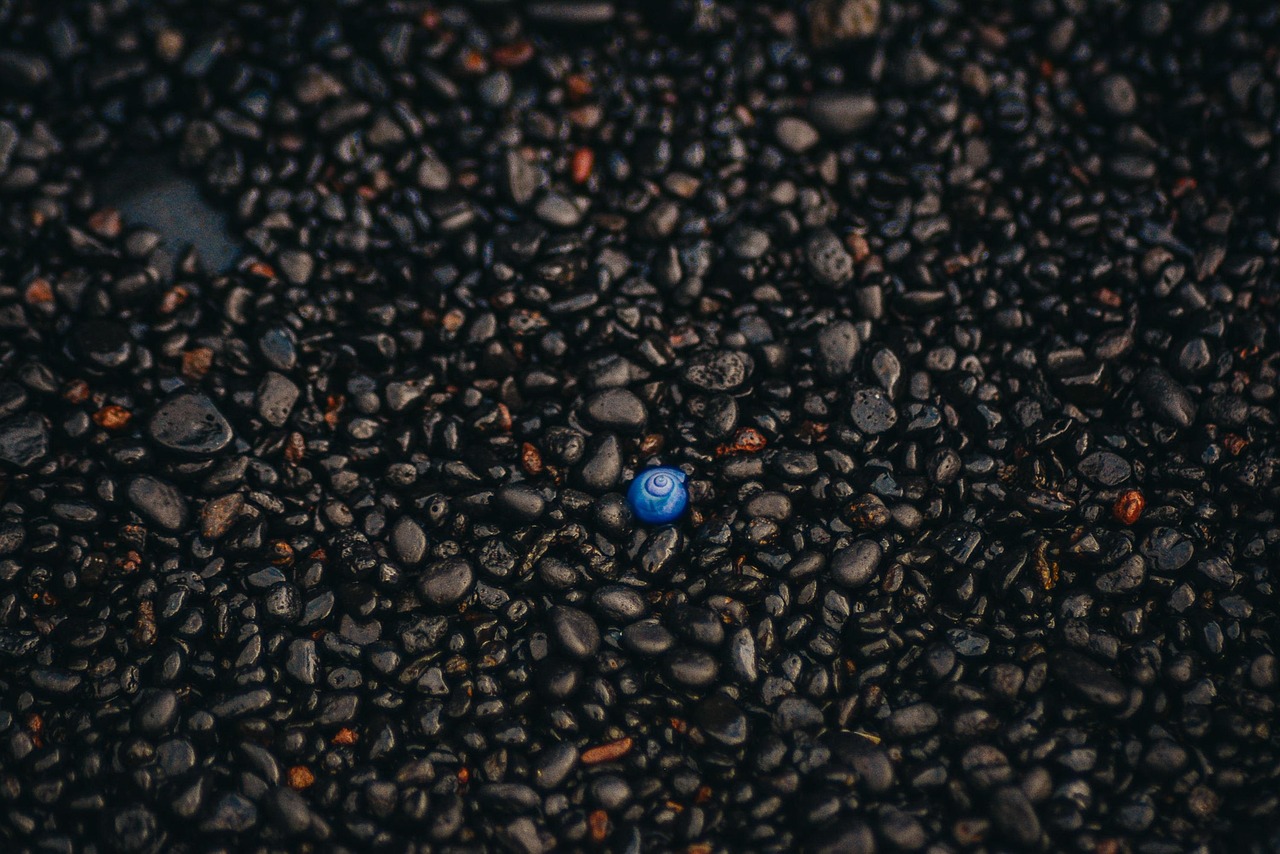The Japanese umbrella pine, or Sciadopitys verticillata, stands out for its unique appearance and resilience. With its distinctive layered branches resembling an umbrella, this conifer is not only a favorite in Japanese gardens but also a symbol of longevity and grace.
The Allure of Japanese Umbrella Pines
Among the vast array of coniferous trees, the Japanese umbrella pine commands attention with its striking silhouette and unique charm. Native to Japan, this evergreen species has captured the hearts of gardeners and nature enthusiasts around the globe. The tree is renowned for its distinctive whorled branches and needle-like leaves that create a visually stunning effect, especially when viewed from below.

The Japanese umbrella pine is often mistaken for a pine, but it belongs to a unique family called Sciadopityaceae. This family has only one living species, which adds to the tree’s allure. The tree can reach heights of up to 30 meters (approximately 98 feet) and can live for hundreds of years, making it a lasting addition to any landscape.
One of the remarkable features of the Japanese umbrella pine is its ability to thrive in various conditions. It can adapt to different soil types, including sandy, clay, and rocky soils. This adaptability makes it a popular choice for gardens across diverse climates, from temperate zones to more challenging environments.
The unique structure of the tree’s branches not only provides aesthetic value but also practical benefits. The umbrella-like canopy offers shade, making it an excellent choice for parks and larger gardens. Moreover, the dense foliage provides shelter for various birds and small mammals, contributing to local biodiversity.
Botanical Characteristics
The botanical features of the Japanese umbrella pine are as fascinating as its history. The tree exhibits a few key characteristics that distinguish it from other conifers:
| Characteristic | Description |
|---|---|
| Height | Can grow up to 30 meters (98 feet) |
| Leaves | Long, needle-like leaves arranged in whorls |
| Growth Rate | Slow to moderate growth rate |
| Bark | Thick, dark brown bark that becomes scaly with age |
The unique whorled arrangement of the leaves is particularly noteworthy. Unlike most conifers that have leaves in clusters or sprays, the umbrella pine’s leaves grow in groups of up to 15 from a single point on the branch. This arrangement not only contributes to the tree’s distinctive look but also impacts how sunlight reaches various parts of the foliage.
Cultural Significance
In Japan, the umbrella pine holds a special place in culture and tradition. These trees are often associated with strength and endurance due to their longevity. They are commonly found in traditional Japanese gardens, where they symbolize stability and protection.
Additionally, many temples and shrines feature Japanese umbrella pines as part of their landscape design. The trees are believed to bring good fortune and are often planted near entrances to welcome visitors. Their majestic presence adds an air of tranquility and serenity, making them ideal companions in places of reflection and meditation.
As interest in sustainable landscaping grows, many gardeners are turning to native species like the Japanese umbrella pine. Its ability to thrive in various conditions while providing ecological benefits makes it an excellent choice for modern gardens aiming for both beauty and sustainability.
Growing Japanese Umbrella Pines
For those captivated by the beauty of the Japanese umbrella pine, cultivating this tree can be a rewarding experience. Understanding its specific growing requirements is essential for success. Below, we explore the ideal conditions, care tips, and common challenges faced when growing this unique species.
Ideal Growing Conditions
The Japanese umbrella pine flourishes in environments that closely mimic its native habitat. Here are some essential factors to consider when planting:
- Soil: Well-draining soil is crucial. While the tree can tolerate various soil types, it prefers slightly acidic to neutral pH levels.
- Light: Full sun is ideal. The tree thrives best in locations that receive at least six hours of direct sunlight each day.
- Water: Regular watering is necessary, especially during dry spells. However, overwatering can lead to root rot, so allow the soil to dry slightly between watering sessions.
- Climate: This tree is most suited for temperate climates. It can withstand cold temperatures but may struggle in excessively humid or hot conditions.
Planting and Spacing
When planting Japanese umbrella pines, proper spacing is vital for their growth and development. Here are some recommendations:
- Choose a location with ample sunlight and well-drained soil.
- Dig a hole that is twice the width of the root ball but no deeper than the root ball itself.
- Place the tree in the hole, ensuring it is straight and at the same depth it was previously growing.
- Backfill with soil, gently tamping it down to remove air pockets.
- Water thoroughly after planting to help settle the soil.
It is recommended to space these trees at least 15 to 20 feet apart to allow for their expansive growth. This spacing ensures that each tree receives adequate sunlight and air circulation, promoting healthy development.
Caring for Japanese Umbrella Pines
The maintenance of Japanese umbrella pines involves several key practices that enhance their health and longevity:
- Pruning: Pruning is generally minimal but can be done to remove any dead or damaged branches. This should be performed in late winter or early spring before new growth begins.
- Fertilization: Apply a balanced slow-release fertilizer in early spring. This will provide essential nutrients and support healthy growth during the growing season.
- Pest Control: While umbrella pines are relatively pest-resistant, it’s essential to monitor for common pests such as aphids or scale insects. Organic insecticides can be used if infestations occur.
- Disease Management: Watch for signs of fungal diseases, especially in overly wet conditions. Ensure good air circulation and avoid overhead watering to minimize disease risk.
Common Challenges
Despite their resilience, Japanese umbrella pines can face several challenges that gardeners should be aware of:
- Root Rot: Overwatering or poorly drained soil can lead to root rot, which can be fatal. Ensure proper drainage to prevent this issue.
- Pest Infestations: While generally pest-resistant, they can occasionally attract pests. Regular inspections will help catch problems early.
- Environmental Stress: Sudden changes in temperature or humidity can stress the tree. Protecting young specimens from extreme weather is advisable.
By understanding these challenges and implementing appropriate care strategies, gardeners can enjoy the unique charm of Japanese umbrella pines for many years. Their majestic presence not only enhances landscapes but also contributes to a sustainable ecosystem.
Landscape Uses of Japanese Umbrella Pines

The Japanese umbrella pine’s versatility makes it an excellent choice for various landscape designs. From residential gardens to public parks, its unique characteristics offer numerous possibilities.
In Garden Design
Incorporating Japanese umbrella pines into garden designs can create stunning focal points and enhance overall aesthetics:
- Specimen Trees: Due to their impressive height and unique form, they serve beautifully as specimen trees, drawing attention and admiration.
- Privacy Screens: When planted in clusters, they can act as natural privacy screens, providing shelter from wind and noise.
- Contrast with Other Plants: Their dark green foliage contrasts nicely with lighter plants and flowers, adding depth to garden beds.
In Urban Landscapes
The adaptability of Japanese umbrella pines also makes them suitable for urban landscaping:

- Parks: They provide shade and shelter in parks, contributing to the overall enjoyment of public spaces.
- Street Trees: Their resilience allows them to thrive in city environments, enhancing streetscapes with their unique form.
The Japanese umbrella pine not only serves functional purposes but also enriches landscapes with its beauty and cultural significance. Its enduring charm continues to inspire gardeners and landscape architects alike.
Japanese Umbrella Pines in Cultural Practices

The Japanese umbrella pine is not only a beautiful addition to gardens and landscapes, but it also holds significant cultural value in Japan. This tree has been incorporated into various cultural practices, influencing art, architecture, and even traditional ceremonies.
Symbolism in Japanese Culture
In Japan, the umbrella pine is often viewed as a symbol of longevity and resilience. Its ability to thrive in diverse environments makes it a metaphor for strength and adaptability. The tree’s longevity is particularly celebrated, as it can live for hundreds of years, making it a representation of enduring life.
- Spiritual Significance: The Japanese umbrella pine is sometimes associated with spiritual protection. It is believed that having these trees near homes or temples can provide a sense of safety and ward off negative energies.
- Art and Literature: The unique appearance of the umbrella pine has inspired various forms of art, from traditional paintings to modern sculpture. Its imagery often symbolizes peace and tranquility in Japanese literature.
- Ceremonial Uses: The tree is occasionally used in traditional ceremonies, particularly during celebrations that honor nature and the changing seasons.
In Traditional Japanese Gardens
Japanese gardens are carefully designed spaces that reflect the principles of harmony and balance. The incorporation of Japanese umbrella pines enhances these gardens in several ways:
- Focal Points: The tree’s unique shape draws the eye, making it an excellent focal point in garden design.
- Layered Planting: When combined with other plants, such as flowering shrubs and ground cover, the umbrella pine adds vertical interest and complexity to the garden layout.
- Seasonal Changes: The evergreen nature of the umbrella pine allows it to maintain its beauty year-round, providing structure even in winter when other plants may be dormant.
Influence on Modern Landscaping
As gardening trends evolve, the Japanese umbrella pine continues to influence modern landscaping practices. Its adaptability and aesthetic appeal make it a popular choice among contemporary landscape designers.
- Sustainable Landscaping: As more people seek eco-friendly gardening options, the umbrella pine’s low maintenance requirements and ability to thrive in various conditions align perfectly with sustainable practices.
- Incorporation in Urban Settings: In cities where green spaces are limited, the compact nature of the Japanese umbrella pine allows it to fit into small gardens, rooftop terraces, and public parks while still providing shade and beauty.
- Water Conservation: The tree’s drought resistance makes it suitable for xeriscaping projects, where water conservation is essential. This feature is increasingly important in regions facing water shortages.
Propagation of Japanese Umbrella Pines
For gardening enthusiasts interested in cultivating their own Japanese umbrella pines, understanding propagation methods is essential. There are several ways to propagate this unique tree, each with its own advantages.
Seeds
One of the most common methods for propagating Japanese umbrella pines is through seeds. Here’s how to do it:
- Collect seeds during the autumn months when they ripen.
- Soak the seeds in water for 24 hours to enhance germination.
- Sow seeds in a well-draining potting mix in a container or seed tray.
- Keep the soil moist and place the tray in a warm location with indirect sunlight.
- Once seedlings develop several sets of leaves, they can be transplanted into larger pots or directly into the garden.
Cuttings
Propagation through cuttings is another effective method. Follow these steps for successful rooting:
- Select healthy branches from an established tree during late spring or early summer.
- Cut 4 to 6 inches long sections just below a node.
- Remove the lower leaves and dip the cut end in rooting hormone to promote root development.
- Plant the cuttings in a pot filled with a well-draining mix and water thoroughly.
- Cover with a plastic bag or greenhouse dome to maintain humidity until roots establish.
Both methods require patience and care, but with proper attention, gardeners can successfully propagate their own Japanese umbrella pines. This not only allows for expanded gardens but also fosters a deeper connection with this unique species.
Environmental Benefits of Japanese Umbrella Pines
The presence of Japanese umbrella pines in landscapes offers numerous environmental benefits that contribute positively to local ecosystems.
Ecosystem Contributions
The Japanese umbrella pine plays an important role in maintaining ecological balance:
- Biodiversity Support: The tree provides habitat and food sources for various wildlife species, including birds and small mammals.
- Air Quality Improvement: Like all trees, umbrella pines help purify the air by absorbing carbon dioxide and releasing oxygen, contributing to cleaner urban environments.
- Erosion Control: The extensive root system of these trees helps stabilize soil and prevent erosion on slopes, making them valuable for preventing land degradation.
By incorporating Japanese umbrella pines into landscaping projects, individuals not only enhance their own environments but also contribute to broader ecological health. Their beauty, cultural significance, and environmental benefits make them an exceptional choice for modern gardens and public spaces alike.
Challenges and Considerations in Cultivating Japanese Umbrella Pines
While the Japanese umbrella pine offers numerous benefits, there are several challenges and considerations to keep in mind when cultivating this unique tree. Understanding these challenges can lead to a more successful gardening experience.
Potential Pests and Diseases
Like all plants, Japanese umbrella pines can be susceptible to certain pests and diseases. Being proactive in monitoring for these issues is key:
- Aphids: These small insects can cause damage by sucking sap from the leaves, leading to distorted growth. Regular inspections and the use of insecticidal soap can help manage infestations.
- Scale Insects: These pests attach themselves to the bark and can weaken the tree by draining nutrients. Horticultural oils can be effective in controlling scale insects.
- Fungal Diseases: Overly wet conditions can promote fungal diseases such as root rot. Ensuring proper drainage and avoiding overhead watering can mitigate these risks.
Environmental Adaptations
Japanese umbrella pines naturally adapt to their environments, but gardeners may need to assist their adaptation in non-native settings:
- Climate Suitability: While they thrive in temperate climates, extreme heat or humidity can stress the trees. Providing some shade during intense heat can help them cope.
- Soil Amendments: In areas with poor soil quality, adding organic matter can improve drainage and nutrient availability, supporting healthy growth.
Long-Term Commitment
Cultivating Japanese umbrella pines is a long-term commitment. Given their slow growth rate, patience is essential for those looking to incorporate this tree into their landscape. Regular maintenance, including pruning and fertilization, will help ensure a healthy lifespan.
Final Thoughts
The Japanese umbrella pine is truly a remarkable tree that offers both aesthetic beauty and environmental benefits. Its unique charm lies not only in its striking appearance but also in its cultural significance and ecological contributions. As gardeners and landscape designers continue to embrace sustainable practices, the umbrella pine’s resilience and adaptability make it an excellent choice for various settings.
Through careful cultivation, individuals can enjoy the many advantages of this tree for generations to come. From enhancing biodiversity to improving air quality, the Japanese umbrella pine serves as a valuable asset in any landscape. As interest in native and sustainable gardening grows, this majestic tree remains a timeless symbol of beauty, strength, and ecological harmony.
Whether you are planting a single specimen in your garden or incorporating it into a larger landscape design, the Japanese umbrella pine invites admiration and reflection. Its enduring presence encourages us to appreciate nature’s wonders while promoting a healthier environment for all.
